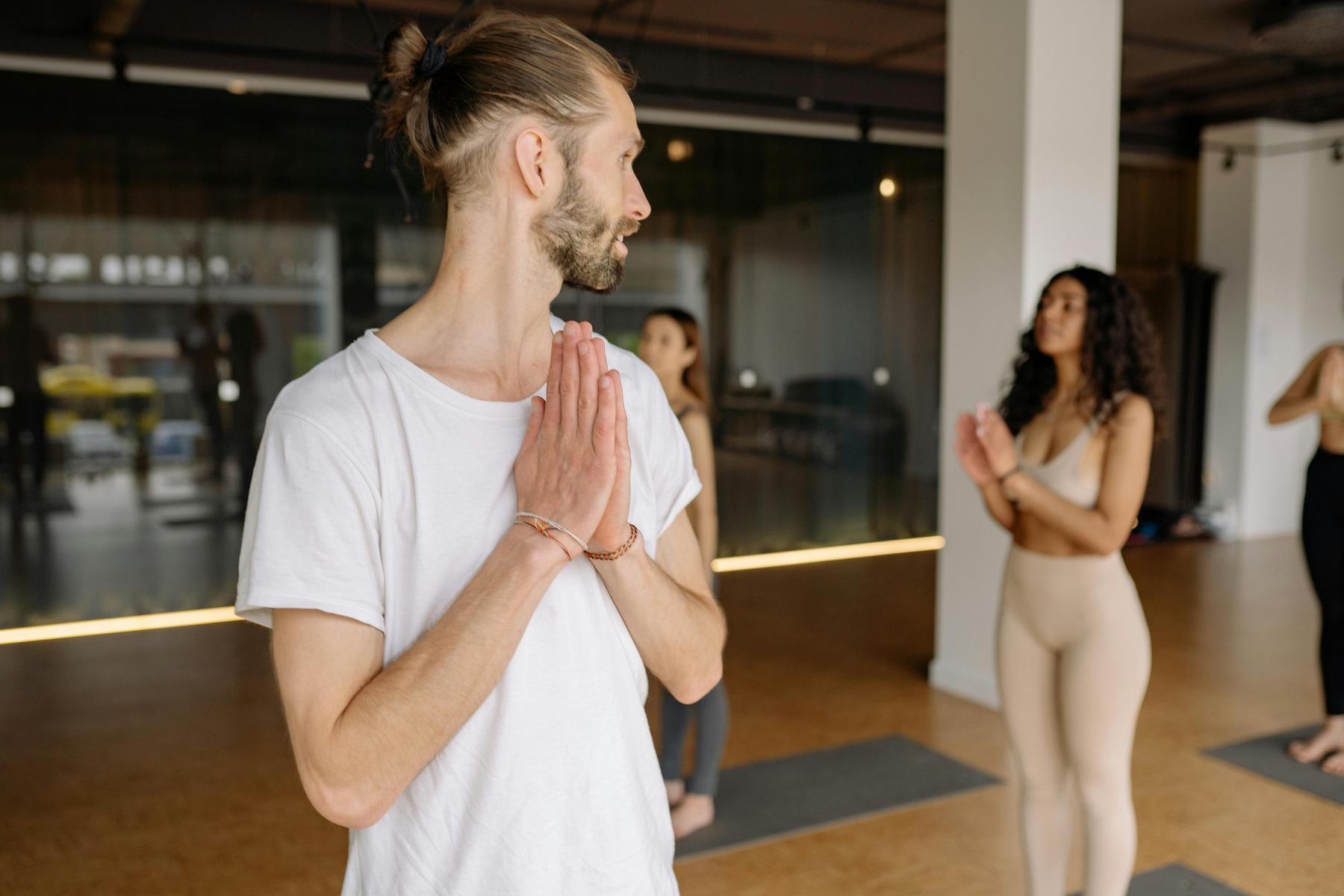Maintaining a consistent fitness routine ranks among the most challenging aspects of health management for many Australians. Despite our best intentions, exercise regimens often become monotonous, leading to decreased motivation and eventual abandonment. Research indicates that varying workout routines can increase adherence by 25-30%, transforming fitness from a dreaded obligation into an engaging component of daily life. The key may lie not in pushing harder through the same routines, but in strategically introducing novelty through diverse fitness classes that challenge both mind and body in unexpected ways.
Why Does Exercise Variety Matter for Long-Term Fitness Success?
The human body adapts remarkably quickly to physical challenges. This biological efficiency, while evolutionarily advantageous, creates plateaus in fitness progress when movement patterns remain unchanged. Scientific evidence from the University of Sydney demonstrates that participants who rotated through six different workout styles monthly maintained an impressive 89% adherence rate over six months, compared to just 54% for those following static routines.
This phenomenon extends beyond physical adaptation. The psychological framework of Self-Determination Theory explains how three key elements—autonomy, competence, and relatedness—drive sustained exercise habits. Novel fitness classes effectively address all three needs by providing:
- Autonomy: The freedom to choose different workout modalities
- Competence: Opportunities to develop diverse skill sets
- Relatedness: Social connections through group exercise environments
Neurologically, trying new fitness formats stimulates dopamine release in the mesolimbic pathway, creating positive reinforcement loops that make exercise inherently rewarding rather than merely obligatory.
What Are Australia’s Most Effective Fitness Class Trends in 2025?
The Australian fitness landscape has evolved significantly, with several formats demonstrating exceptional engagement metrics:
Hybrid Training Sessions
The integration of multiple training modalities within single sessions has become Australia’s dominant fitness trend. These classes strategically combine cardiovascular conditioning with strength development, addressing multiple fitness components simultaneously. Melbourne’s premier fitness studios report 40% higher retention rates with hybrid programs compared to single-modality offerings.
The effectiveness of this approach is evident in comparative data:
| Training Modality | Weekly Frequency | Metabolic Benefits |
|---|---|---|
| Hybrid HIIT | 3 sessions | 25% calorie burn increase |
| Reformer Pilates | 2 sessions | 18% core activation improvement |
| Suspension Training | 2 sessions | 31% stability gains |
These hybrid approaches prevent the physiological plateaus that typically occur within 6-8 weeks of repetitive training, a phenomenon colloquially termed “muscle confusion” that maintains both physical challenge and mental engagement.
Technology-Enhanced Group Experiences
The integration of performance-tracking technology into group fitness has transformed traditional class experiences. Modern Australian studios now incorporate:
- Real-time performance metrics displayed on studio screens
- Personalised intensity guidance based on physiological data
- Post-workout analytics that gamify progress tracking
These technology-enhanced environments create what exercise psychologists term “flow states”—periods of immersive focus where participants report heightened enjoyment despite increased physical effort. The social accountability of group settings combined with objective performance feedback addresses both intrinsic and extrinsic motivational factors.
How Can Group Fitness Classes Improve Adherence and Results?
The social dynamics of group fitness extend beyond mere accountability. Structured classes create environments where exercise becomes a community experience rather than an isolated obligation. Research consistently demonstrates that group fitness participants:
- Attend 20% more sessions than solo exercisers
- Work at higher intensities during guided sessions
- Report significantly higher enjoyment ratings
This social reinforcement creates what behavioural scientists call “habit stacking”—associating exercise with positive social interactions that strengthen neural pathways supporting consistent behaviour. Boutique studios like KX Pilates and F45 have capitalised on this phenomenon by building community-centric environments where relationships develop alongside fitness improvements.
The instructor element further enhances this effect. Qualified fitness professionals provide technical guidance that improves movement efficiency and safety while offering motivational cues that push participants beyond self-imposed limitations. This external expertise helps individuals navigate the complex territory between effective challenge and injury risk.
What Are the Physiological Benefits of Cross-Training Through Different Classes?
Diversifying fitness activities through multiple class formats creates comprehensive physiological development that single-modality training cannot match. Cross-training benefits include:
Enhanced Neuromuscular Coordination
Novel movement patterns stimulate neurological adaptation, improving motor control and movement efficiency. Classes that incorporate unfamiliar movement patterns—from boxing combinations to dance choreography—create neural challenges that develop proprioception and kinesthetic awareness.
Reduced Overuse Injury Risk
Repetitive stress on specific joints and tissues represents a primary injury mechanism in fitness enthusiasts. Alternating between different movement patterns distributes mechanical load across various anatomical structures, allowing recovery while maintaining training volume. Sydney’s AGOGA gym exemplifies this approach through athlete-inspired programming that systematically rotates between high-intensity intervals, mobility drills, and resistance circuits.
Comprehensive Fitness Development
Different fitness classes target distinct physiological systems:
- HIIT classes primarily challenge anaerobic capacity and lactate threshold
- Reformer Pilates develops core stability and movement control
- Cycle classes build cardiovascular endurance and lower body power
- Yoga enhances flexibility and autonomic nervous system regulation
By rotating through these formats, individuals develop balanced fitness profiles rather than isolated capabilities, addressing the multidimensional nature of functional human movement.
How Can You Integrate Telehealth with Fitness Class Exploration?
The integration of telehealth services with fitness programming represents a significant innovation in the 2025 Australian wellness landscape. This approach combines medical oversight with exercise implementation, creating seamless health management systems. Key advantages include:
Personalised Programming Based on Medical Assessment
Telehealth providers can perform comprehensive health assessments that inform safe, effective exercise recommendations. This medical guidance ensures fitness class selection aligns with individual health considerations, optimising both safety and results.
Remote Monitoring and Adaptation
Contemporary telehealth platforms facilitate ongoing monitoring of physiological responses to different fitness modalities. This data-driven approach allows for objective evaluation of which class formats produce optimal outcomes for specific individuals, enabling evidence-based program refinement.
Integrated Weight Management Support
For individuals pursuing weight management goals, the combination of telehealth guidance with strategic fitness class selection creates powerful synergy. Medical professionals can recommend exercise formats that complement other interventions, creating comprehensive approaches to metabolic health.
Creating a Sustainable Fitness Class Rotation
The key to maintaining interest through fitness class variety lies not in random selection but in strategic programming. Effective class rotation considers:
- Progressive overload principles: Ensuring each class type incorporates advancing challenges
- Recovery optimisation: Alternating high-intensity formats with restorative sessions
- Skill development sequencing: Building competencies that transfer between movement disciplines
- Enjoyment prioritisation: Emphasising formats that generate intrinsic motivation
Melbourne’s Balance North studio exemplifies this philosophy, reporting 92% client retention through its thoughtfully designed mix of reformer Pilates, clinical physiotherapy, and myotherapy sessions. This extraordinary adherence rate demonstrates how planned variety outperforms both rigid programming and completely unstructured approaches.



